You may not want the next AKC Obedience Champion. You may not care if your dog Sits or Downs on command. Of if he jumps on you every time you come in the door. How much (or little) training you do with your dog is your choice.
BUT
There is one cue that every single dog without exception should know.
COME!
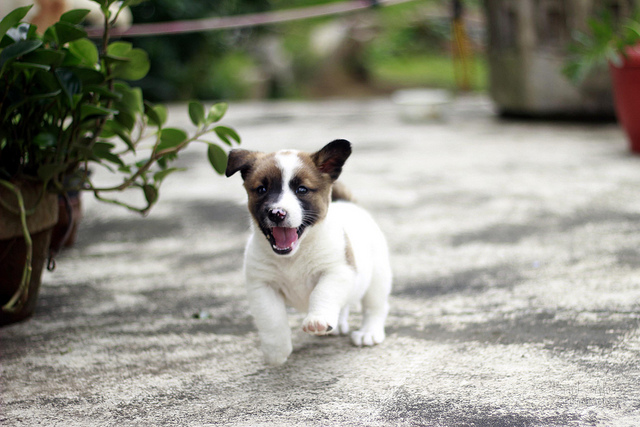
Why? Because it’s the one cue that can keep them from running away or getting lost, allows them to be caught during an emergency, etc. In short – It’s the one cue that can save their life.
So even if you don’t care whether Princess sits, shakes, or rolls over – she should come when you call.
How To Teach Come
So how do you get a rock solid recall? There are a few rules to come that will mean the difference between a reliable recall and a so-so come:
- Never call your dog when you are mad at him or to punish him
- Never call your dog for something he does not like (bath, nail trim, car ride, go in the crate, etc.)
- Always reward your dog when he comes (treats, toys, praise, petting, etc.)
- Only say your cue word ONCE – if you keep saying it your dog learns to tune out the cue and only respond when he feels like it (or not at all). We want your dog to RUN to you as soon as you say it, once.
**If your dog doesn’t come after you call him, calmly and quietly go get him. Studies have proven that silence is the best way to show your dog he did something wrong.
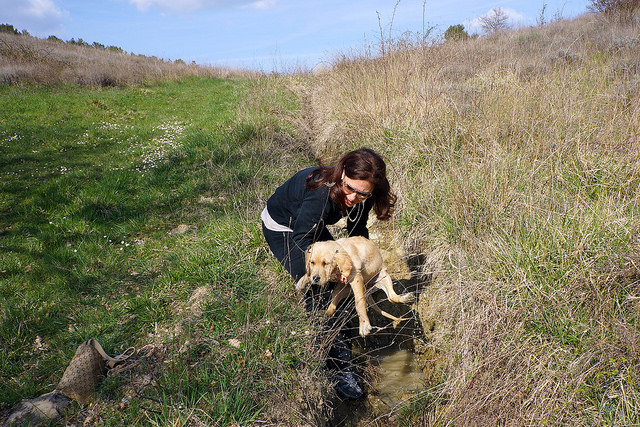
You cannot reinforce a come too much – the more positive association he has with that cue, the more likely your dog will “drop everything” and run to you.
Beginning Come Training
If you have already “poisoned” your come by calling him to punish him or for something he doesn’t like (usually the bath!) then it will be easier to “re-train” the cue using a different word. You can use anything (I know someone that uses “banana” as their recall word). Some common ones aside from “Come” are “Here” and “With Me.”
Loading The Word
Once you have chosen the word, you are going to “load” it (much in the same way you loaded your clicker or marker word if you are familiar with positive reinforcement training). Basically, you are pairing the word with a tummy treat so it has a positive association for your dog. In this case, however, you are going to load it a lot more than you did your marker.
To do this, take about 20 small, soft, easy to eat/swallow treats and a stopwatch. The goal is to use those 20 treats in about 30 seconds. You can use your dog’s meals if he is a “food hound,” but you want to make sure it’s a high value treat that your dog is excited about.
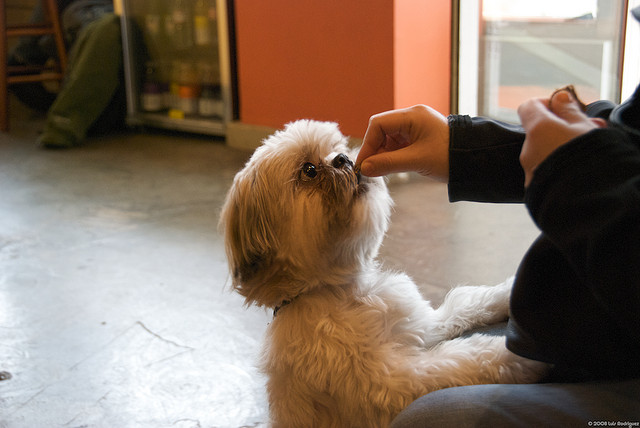
All you have do is say the word, feed a treat. Say the word, feed a treat. At this point, we don’t care what your dog is doing (as long as it’s not a bad behavior), we aren’t asking him to actually come to you, just have him next to you in a sit, stand, or down.
If you do this twice a day for a week, your dog will have had that word associated with food 280 times. That’s a LOT of reinforcement. Do this for several weeks and that word is going to be GOLD to your dog.
Test the Word
How will you know your dog has associated that word with food? Test him by waiting until he is not looking/watching you directly and say the word. If his head snaps around toward you and/or he moves toward you, than he knows what that word means. Reward him and praise him for this and now your ready for some games.
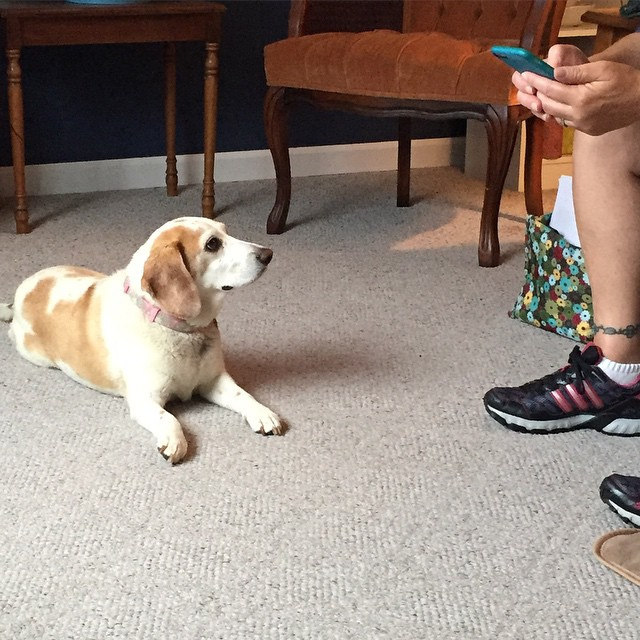
Come Games
Now that your dog knows that word means something amazing – food! – you can start using it to train a recall.
There are a ton of Come Games, I am just going to give you a few. I call them games because Come should be FUN! Your dog will be much more likely to come to you if it’s always a fun, happy and positive event.
A quick note. If, for any reason, your dog gets confused or distracted and does not come immediately, try the following tips.
- How to encourage a dog that won’t come:
- Get down closer to the ground in an inviting stance, arms open, crouched or kneeling
- Make kissy noises
- Pat your legs
- Turn and run away (most dogs love to chase)
- Squeak a toy
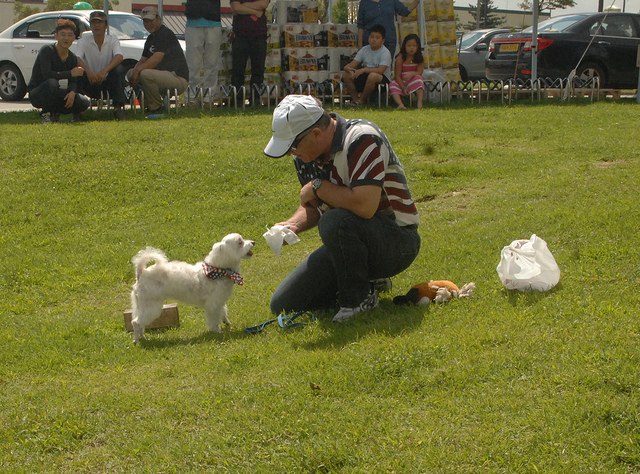
Puppy Ping Pong
This one requires two people. Stand on opposite sides of each other (start out relatively close, a few feet).
Take turns calling the dog (remember say the cue ONCE). If he doesn’t immediately come, just wait him out (you can keep him on a long line so he can’t wander too far).
The person who didn’t call the dog needs to completely ignore him at this point, to make it easier on him and to not reinforce him for ignoring the cue.
When he does come, LOTS Of praise and give him a jackpot (several treats).
Then have the other person call the dog when you are done rewarding him.
Restrained Recall
How do you get your dog so he is running to you and not sauntering or stopping to smell the roses on the way? A restrained recall can help with that. Have your helper hold your dog (it’s best to have him in a harness so he can just hold the harness). Make sure they are not giving him attention or petting him, they are just there to restrain.
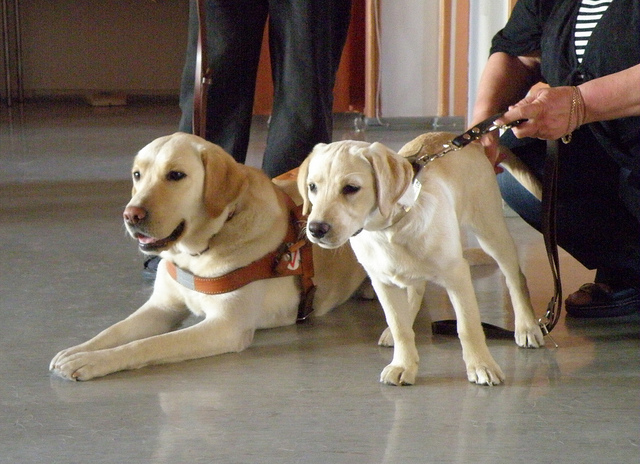
Call your puppy to you and act very excited. He should start to pull on the person holding him. Have them wait a couple seconds and then release him – your dog should come barreling to you.

Remember the tricks above if your dog doesn’t seem excited. Running away, crouching low or squeaking a toy can help.
Hide ‘N’ Seek
For many dogs, this is a favorite game. You are going to play it very much like the human game. You are going to hide (start out in an easy place, like around a corner) and call your dog who has to come find you. Most dogs absolutely adore looking for and get so excited when they “find” you.
For more advanced dogs, you can have several people hide, and each one call the dog in turn.
Remember to only say your cue once!
Practice, practice, practice! Remember, you cannot reinforce this word enough. You will have to build up to more distracting situations and the more you have reinforced the word, the easier it will be for your dog to obey even at the dog park.
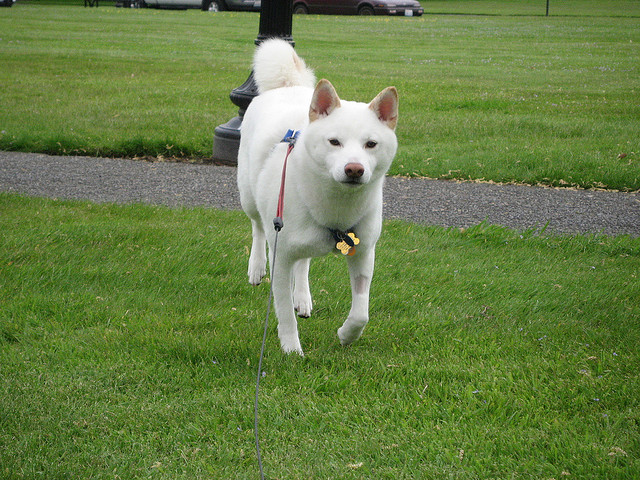
That being said, don’t use your word unless you are 99% sure your dog will be successful – you don’t want him to ignore that cue! So, while in training, it’s best to not let him off leash in areas you think he won’t come and/or go get him rather than calling him when it’s time to go. When you are ready to start practicing in high distractions, keep your dog on a long line so if he does decide to ignore you, he can’t run away.
